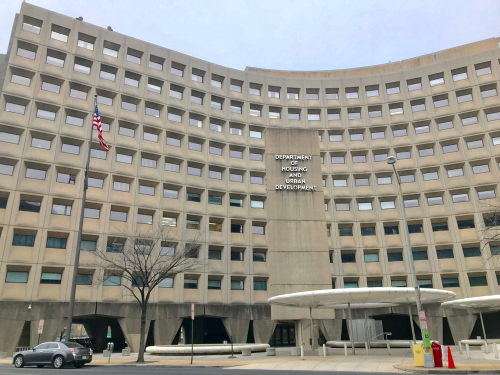This is a challenging time for progress on equitable, inclusive, fair housing in our country.
If you’re unfamiliar with this term of art, “fair housing”– sometimes known as “equal opportunity housing”–refers to the ability to access housing without experiencing unlawful discrimination. This principle underlies the 1968 Fair Housing Act, which codified many important policy reforms necessary to reverse long-standing residential segregation.
Sounds intuitive, right? But fair housing remains aspirational. Just this summer, a study was released demonstrating that Boston renters face “high levels of discrimination based on race and voucher status.” This is alarming given growing recognition of the links between residential segregation and susceptibility to infectious diseases like COVID-19. And the well-documented links between residential segregation and worse child health outcomes.
One of us–Salin–served in the Obama Administration in 2015 when HUD issued a new regulation to implement the Fair Housing Act’s affirmatively furthering fair housing (AFFH) requirements. The regulatory “re-fresh” offered stronger guidance for municipalities (cities, counties, states, and public housing agencies) on how they could “[take] meaningful actions to overcome historic patterns of segregation, promote fair housing choice, and foster inclusive communities that are free from discrimination.”
The AFFH promised to be a powerful lever for system change at the state and local level. However, as Salin described during MLPB’s annual event on May 13, 2020, the public comments submitted in connection with the proposed regulatory revision were dominated by “racist screed.” This was a precursor to the racism that revealed itself in the 2016 Presidential campaign and stoked xenophobic fears. Now, in lead-up to the 2020 election, these harmful messages are being amplified, through for example the Administration’s recent statements about how fair housing regulations will be used to destroy the “suburbs.” Suburbs once were havens of white flight and past creations of discriminatory federal housing policy. Ironically, the suburbs have increasingly become more diverse.
Find the full blog by MLPB CEO Samantha Morton and CSSP Senior Fellow Salin Geevarghese here.
